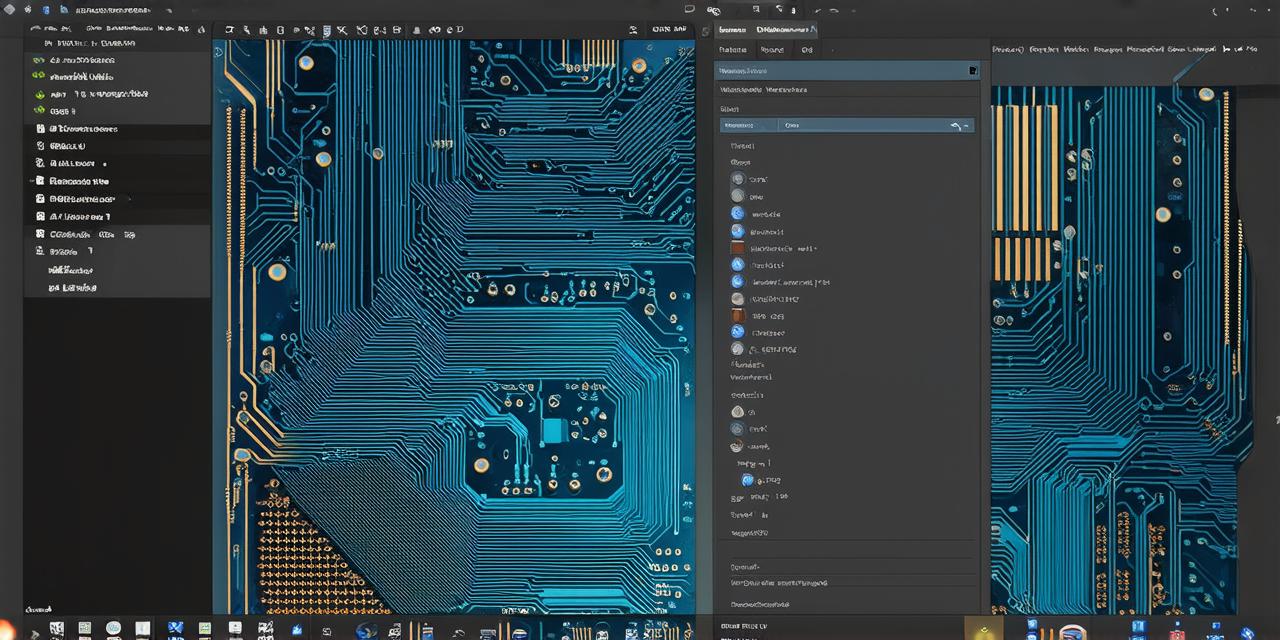Corrected HTML code:

Are you tired of having to manually check the weather every time you step outside? Do you want to create an app that provides real-time weather updates and forecasts? Look no further than using a weather API in Android Studio. In this article, we’ll explore how to use the OpenWeatherMap API in Android Studio to build a simple weather app that displays current temperature, humidity, and other important weather data.
First things first: what is an API?
An API (Application Programming Interface) is a set of protocols, routines, and tools for building software and applications. APIs allow different software applications to communicate with each other, exchange data, and perform functions that would otherwise be impossible without the API. In the case of weather APIs, they provide developers with access to real-time weather data, which can then be used in their apps to display current conditions, forecasts, and other relevant information.
OpenWeatherMap API: The Best Choice for Android Developers
The OpenWeatherMap API is one of the most popular and widely used weather APIs available today. It provides a comprehensive set of data that covers everything from current temperature and humidity to wind speed and direction, precipitation, and more. The OpenWeatherMap API also offers a number of different endpoints, which allow developers to retrieve specific types of weather data based on their needs.
One of the biggest advantages of using the OpenWeatherMap API is that it’s free to use for personal projects and small-scale commercial applications. However, if you plan on building a large-scale enterprise application, you may need to purchase an API key from OpenWeatherMap.
Getting Started with the OpenWeatherMap API in Android Studio
The first step in using the OpenWeatherMap API in Android Studio is to sign up for a free account and obtain an API key. Once you have your API key, you can use it to make HTTP requests to the different endpoints offered by the OpenWeatherMap API.
Making an HTTP Request to the OpenWeatherMap API
Now that we have our interface defined, we can use Retrofit to make an HTTP request to the OpenWeatherMap API and retrieve current weather data for a given city. Here’s an example of how you might do this:
